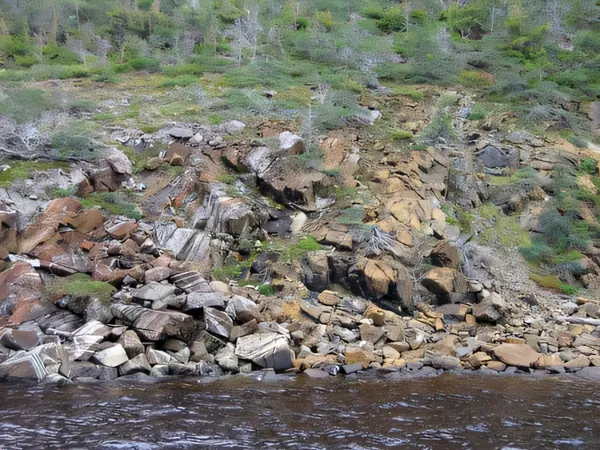
Unveiling the Secrets of the Earth's Crust: Revolutionary New Technique Studies Tectonic Plates!
2024-11-27
Author: Daniel
Exciting Breakthrough in Geophysics
In an exciting breakthrough for geophysics, researchers at Caltech have devised a pioneering method to investigate the Earth's structure beneath the surface, specifically at the Mohorovičić discontinuity, commonly referred to as the Moho. This remarkable region lies at the boundary between the planet's brittle crust and the underlying mantle. By employing an innovative seismic technology known as distributed acoustic sensing (DAS), scientists can now obtain detailed insights into this critical geological boundary.
Guidance of Dr. Zhongwen Zhan
Conducted under the guidance of Dr. Zhongwen Zhan, an esteemed professor of geophysics, this groundbreaking study was published in the journal Science Advances on November 27. Dr. Zhan has long been a proponent of DAS technology, which transforms standard fiber optic cables—a technology integral to high-speed internet—into effective seismic sensors. By sending laser signals through these cables, researchers can capture how seismic waves, whether from earthquakes or other disturbances like traffic, bounce within the fibers.
The Role of the Moho in Seismology
Led by former graduate student Dr. James Atterholt, the team successfully utilized this advanced DAS technology to unveil the structure beneath the Moho. During an earthquake, seismic waves radiate outward from their epicenter. Upon reaching the Moho, a portion of this energy reflects back akin to sunlight scattering off a calm lake. Historically, imaging the Moho with conventional seismometers has either been costly or resulted in low-resolution data, with details spread over tens of kilometers. The DAS method, however, allows researchers to achieve a much finer resolution of about one kilometer.
Implications for Tectonic Studies
The Moho plays a crucial role for seismologists as it provides insights into the dynamics of tectonic plates deep within the Earth. It can help determine if major faults extend into the mantle, track geological processes that have shaped the continents, and assess the strength of the deep crust in various locations. This technology opens up possibilities to explore numerous seismic hotspots, including well-studied regions like Southern California and more isolated areas lacking traditional seismic monitoring networks.
Research Findings and Discoveries
Over the span of two years, the research team utilized a fiber optic cable running through California’s Mojave Desert to analyze earthquakes and map the local Moho. The results revealed startling findings, particularly regarding the Garlock Fault, the second largest fault in Southern California. Contrary to previous beliefs, this fault reaches deeper into the mantle than once thought.
Additionally, the researchers found notable deformations of the Moho beneath the Coso Volcanic Field, a volcanically active zone in northern Mojave. This discovery sheds light on the region's geological "plumbing system," which facilitates heat transfer from the mantle to the magma chamber below the crust. Although the Coso volcanoes last erupted around 40,000 years ago, the area still retains significant geothermal energy. Understanding these underground structures is crucial for predicting volcanic activity and harnessing geothermal resources.
Conclusion and Future Prospects
This revolutionary technique not only enhances our understanding of the Earth’s interior but also equips scientists with a powerful tool to monitor and study tectonic activity more effectively. As we continue to explore the crust beneath our feet, who knows what other geological secrets await discovery? Stay tuned—this is just the beginning!



 Brasil (PT)
Brasil (PT)
 Canada (EN)
Canada (EN)
 Chile (ES)
Chile (ES)
 España (ES)
España (ES)
 France (FR)
France (FR)
 Hong Kong (EN)
Hong Kong (EN)
 Italia (IT)
Italia (IT)
 日本 (JA)
日本 (JA)
 Magyarország (HU)
Magyarország (HU)
 Norge (NO)
Norge (NO)
 Polska (PL)
Polska (PL)
 Schweiz (DE)
Schweiz (DE)
 Singapore (EN)
Singapore (EN)
 Sverige (SV)
Sverige (SV)
 Suomi (FI)
Suomi (FI)
 Türkiye (TR)
Türkiye (TR)